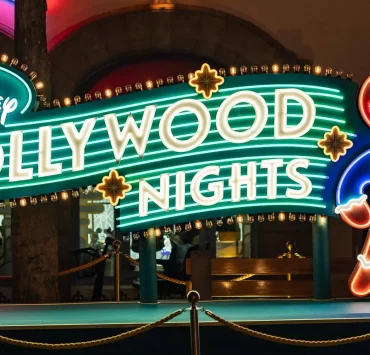
Jazz, a musical genre deeply rooted in distinct origins and boasting a captivating history, seamlessly weaves together a myriad of international styles to craft a unique auditory experience unparalleled in its novelty. For those inquisitive minds pondering questions such as, “Who is the mastermind behind the inception of jazz?” “What tales lie in the genesis of jazz in America?” and “When did the harmonious journey of jazz commence?” – embark on a journey through the enthralling annals of jazz history.
The Genesis of Jazz
The Chronology of Jazz’s Birth
The query of when the enchanting symphony of jazz first graced the world often lingers in the minds of both seasoned jazz enthusiasts and those newly initiated into its melodious embrace. The genesis of jazz traces its lineage back to the 19th century, where the vibrant city of New Orleans served as the cradle of this musical evolution. The seminal spark ignited within the confines of Congo Square, a space where slaves congregated, harmonizing their diverse musical legacies. This tradition predates 1820, encompassing a confluence of sounds from various nations, each contributing a distinct note to the burgeoning composition.
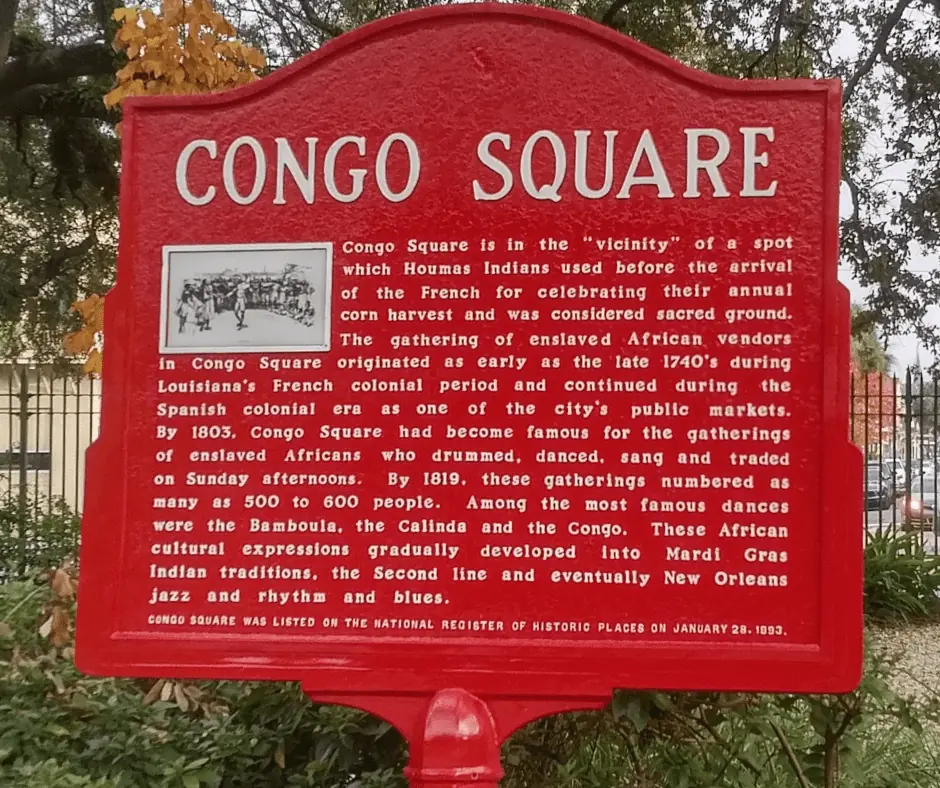
The amalgamation of African and Caribbean musical influences gradually incorporated the resonance of marching band instruments, which had proliferated during the Civil War era. These instruments, introduced to a broad audience, laid the groundwork for the emergence of ragtime. Simultaneously, the spirit-laden tunes of the post-Civil War era, as brought by formerly enslaved individuals from the American South, introduced the blues to Louisiana. Over time, these multifarious musical threads intertwined, giving rise to the rich tapestry that is jazz.
You May Like: How Halloween Became a gay Festival
The precise moment of jazz’s birth remains a subject of debate, with most concurring that its inception occurred in the late 1800s or early 1900s. However, it wasn’t until the 1920s that jazz ascended to the heights of public recognition.
The Birthplace and Genesis of Jazz
The genesis of jazz, intricately tied to the musical traditions of West Africa (imbued with rhythm, “feel,” and blues) and Europe (characterized by harmonic chords and a diverse array of instruments), also incorporated elements from church hymns, slave songs, field chants, and Cuban-style rhythm during its early stages.
Related: 10 Most Beautiful Villages in Europe
New Orleans, with its role as a melting pot for diverse musical traditions, emerged as the epicenter of jazz’s birth. The city’s unique circumstances facilitated the convergence of musicians from various nations, a phenomenon not always tolerated in other locales. The Louisiana Territory, governed by “Le Code Noir,” a set of rules dictating the treatment of slaves, played a pivotal role. While these rules were often stringent, a few clauses afforded slaves certain rights, including a day of rest on Sundays or Catholic holidays. This respite allowed slaves to gather at Congo Square, transforming the weekly gatherings into a celebration of music that laid the foundation for the jazz genre.
Related: Disney Jollywood Nights. Is it worth it?
In essence, the answer to the question of “Why did jazz originate in New Orleans?” lies in the mandated day of rest that created conditions unique to the region, fostering an environment conducive to the evolution of jazz. Through these weekly musical congregations, joy found expression, ultimately forming the cornerstone of what would blossom into the captivating tapestry of jazz.
Who Pioneered the Invention of Jazz Music?
Delving into the origins of jazz music, the consensus among historians predominantly points to Buddy Bolden, a trailblazing cornet player, as the inaugural figure in the realm of jazz musicianship. An African-American bandleader, Bolden earned the esteemed moniker of the “first man of jazz,” solidifying his indelible mark on the annals of jazz history.
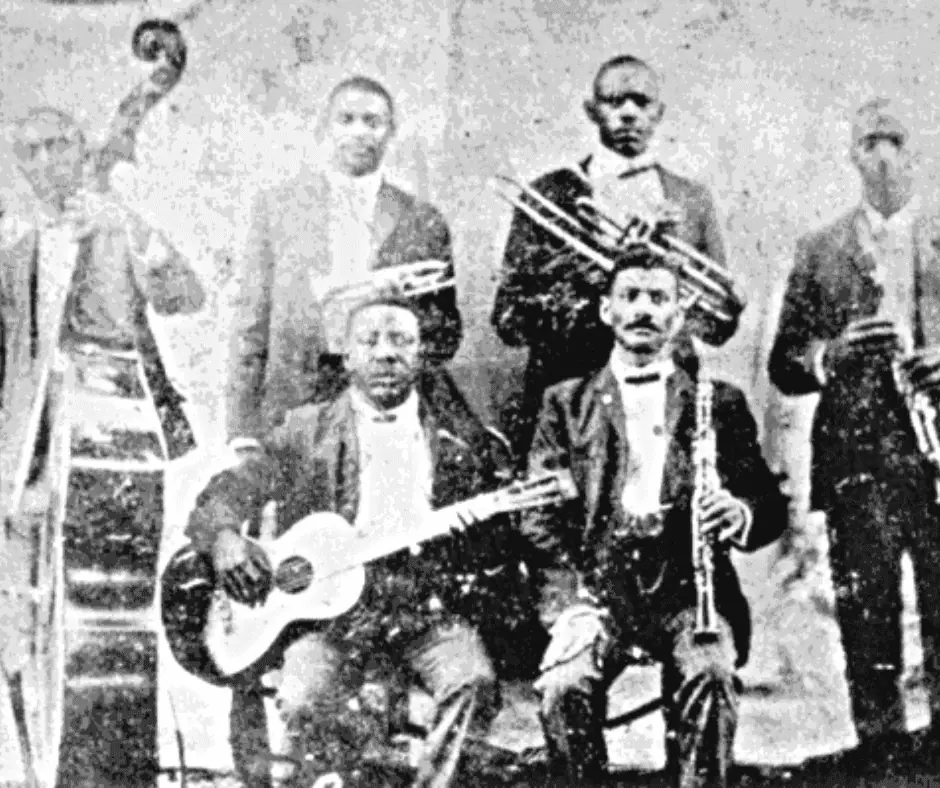
At its core, Buddy Bolden stood as a luminary musician who catalyzed the emergence of the jazz genre, frequently gracing the nocturnal stages of Storyville with his musical prowess. Although no recorded remnants of his performances endure, accounts attest to the distinctive quality of his sound, characterized by the improvisational flair synonymous with the genre.
You May Like: Six Types of Airport Customers
Nevertheless, Buddy Bolden does not stand alone in the genesis of jazz. Other early African-American jazz maestros from the same epoch include Mutt Carey, Bunk Johnson, and Joe Oliver. Meanwhile, the contributions of Creole jazz virtuosos such as Jelly Roll Morton, Freddie Keppard, and Sidney Bechet further enriched and molded the evolving contours of the genre.
As anticipated, these pioneering musicians embarked on a journey of melding diverse musical traditions, fusing beats rooted in West Africa and the Caribbean, European classical instruments, and an array of other sonic influences. In their collective pursuit, they became architects of a musical tapestry that resonates with the intricate harmonies and rhythms that define jazz.
How Was the Sonic Tapestry of Jazz Forged?
As previously mentioned, jazz music stands as a fusion of diverse genres, incorporating a melange of sounds from an expansive spectrum of international music styles. Yet, its roots delve into three distinct musical genres that have indelibly shaped its identity. Let’s closely examine the origins of jazz music and elucidate the pivotal characteristics defining this genre.
Unraveling the Three Musical Pillars of Jazz
The bedrock of jazz comprises ragtime, marching bands, and blues. Ragtime organically took root in the American South, intertwining African-American rhythms and styling with more conventional European musical elements. Its dissemination was facilitated through minstrel shows, enabling it to permeate various regions across the American South.
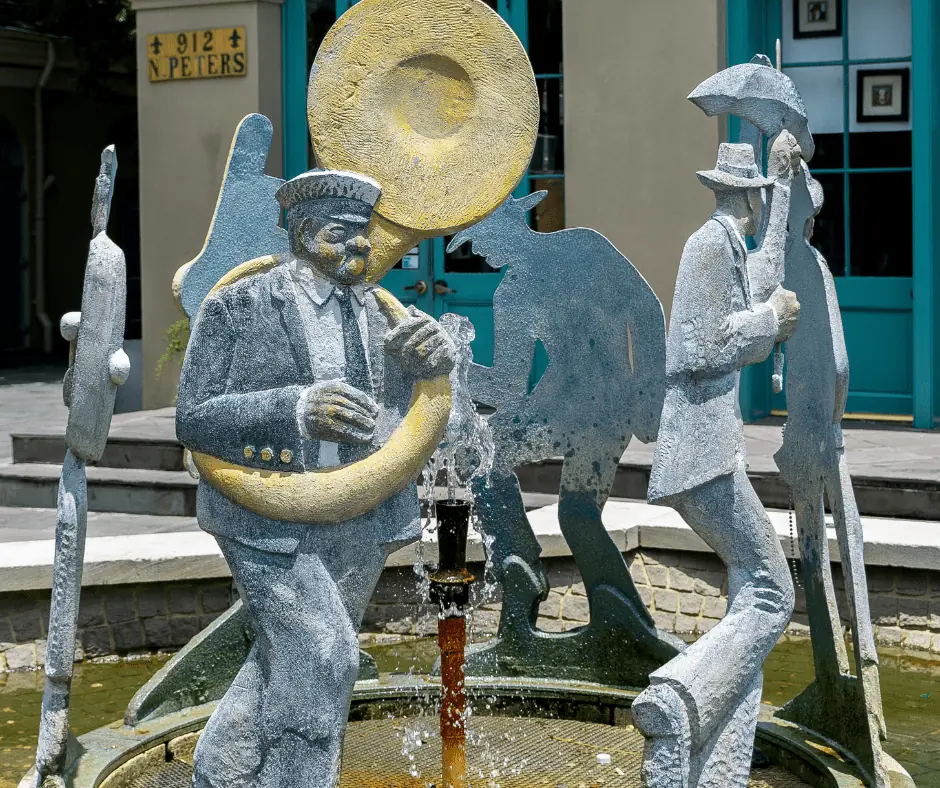
Marching bands, initially employed as morale-boosting entities during the Civil War, transcended their primary role by accompanying military drills. Despite their association with a challenging period in history, the uplifting sounds they produced gained widespread popularity during that era.
Related: 11 Wonders of Nebraska
The blues, emerging as a distinct genre during the Civil War, drew inspiration from word songs, minstrel shows, and spiritual music. Folk tunes and other prevalent sounds of the time further enriched the blues genre, contributing to its diverse sonic palette.
In essence, jazz is recognized as a harmonious amalgamation of these foundational styles, incorporating their distinctive musical elements and encapsulating the varied sounds and emotions inherent in each. However, jazz also introduced a transformative element, notably in the realm of improvisation, thereby bringing a novel and dynamic dimension to the musical tableau.
What Constitutes the Musical Essence of Jazz?
Jazz boasts a myriad of characteristics, some shared with other musical genres, while others remain distinctive, especially in the genre’s early origins. Foremost among these defining traits is improvisation, a hallmark that encapsulates the very essence of jazz. Alongside improvisation, syncopation, polyrhythms, and irregular rhythms emerge as potential signatures that contribute to the genre’s unique identity.
Solos hold a revered place in the tradition of jazz, where individual musicians showcase their virtuosity. Another enduring feature is the call-and-response dynamic, where one musician presents a phrase, met with a responsive retort from another within the ensemble.
At its core, jazz embodies musical freedom, offering a canvas for creative expression. While certain subgenres adhere to distinct elements of melody, harmony, and rhythm, others revel in unpredictability, incorporating unexpected elements that infuse the genre with unparalleled uniqueness, setting it apart from the musical landscape.
The Evolutionary Trajectory of Jazz
Though the roots of jazz extend to the pre-Civil War era, like all musical genres, it underwent transformative changes over time. As musicians embraced jazz concepts, new sounds were seamlessly integrated, and various artists began cultivating their distinctive styles, giving rise to the birth of diverse subgenres.
While the formal recognition of jazz as a distinct genre can be traced back to the late 1800s or early 1900s, its definitive breakthrough occurred in the 1920s. This epoch, famously known as the Jazz Age, witnessed the genre’s widespread popularity in the United States and Europe. The “Roaring Twenties,” characterized by prohibition, speakeasies, flappers, and a musical revolution, catapulted jazz into the mainstream. Renowned musicians such as Louis Armstrong, Duke Ellington, and Count Basie achieved overnight success during this period.
The zenith of the jazz age manifested in the historic 1938 Benny Goodman concert at Carnegie Hall, uniting musicians of diverse ethnicities in a monumental celebration of jazz. Although the jazz of the 1920s and 30s gradually transitioned into the Big Band era, luminaries like Ellington and Armstrong continued to shape the genre until their passing.
Despite the waning dominance of jazz during the Great Depression, its enduring influence persisted, giving rise to new styles and subgenres. Today, jazz’s impact on pop culture echoes through time, with emerging talents continuously enriching its tapestry. Notably, International Jazz Day, observed on April 30th since its inception by UNESCO in 2011, stands as a testament to jazz’s unifying power across the globe.
Exploring the Roots of Diverse Jazz Subgenres
The evolutionary journey of jazz has spawned a plethora of subgenres, each carving its distinct niche with unique sounds and defining characteristics. While these subgenres share jazz foundations, their individuality sets them apart, showcasing variances in cultural influences and the embrace or divergence from key traits, such as improvisation.
A Brief Exploration of Jazz Subgenres Origins
Modern Jazz
Taking root in the 1940s, modern jazz sought heightened freedom for improvisation. Departing from conventional chord progressions, this subgenre afforded solo musicians greater latitude to craft unique melodies, unrestricted by specific scales or notes. Consequently, modern jazz often incorporates unexpected elements, exhibiting an offbeat or challenging quality that sets it apart.
Free Jazz
Emerging in the late 1950s, free jazz stands as an avant-garde subgenre pushing the boundaries of freedom within the jazz realm. Originating from the innovative endeavors of figures like Ornette Coleman, free jazz boldly distances itself from traditional jazz notions, rejecting established conventions entirely. This subgenre defies easy definition, as its essence lies in the deliberate absence of constraints, making it one of the most challenging and liberating expressions within the jazz spectrum.
Bebop Style
Emerging in the early 1940s, bebop is characterized by its fast-paced and experimental nature. Rooted in the integration of swing music, bebop often features scat singers whose nonsensical syllables inspired the genre’s name. A playful nod to the linguistic improvisation of scat, a “bebop” captures the essence of this vivacious style.
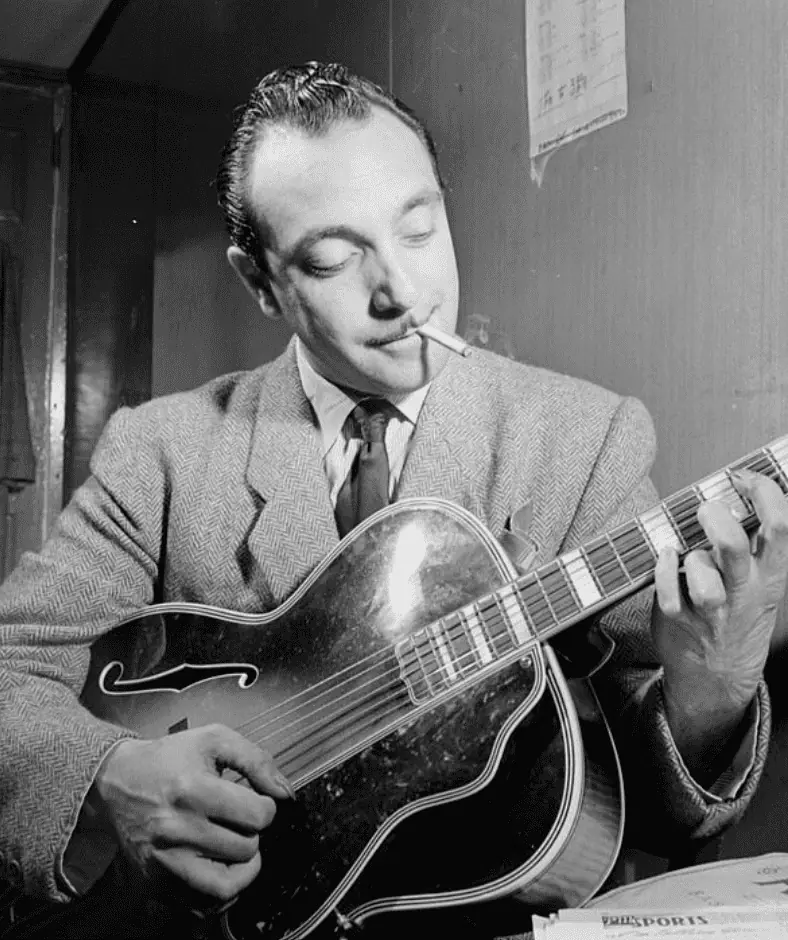

Latin Jazz
Evolved in the 1940s, Latin jazz is a fusion genre that seamlessly blends Latin rhythms, particularly Cuban and Spanish Caribbean influences, with traditional jazz instruments and compositions. Its inception can be traced to the collaboration between Afro-Cuban musicians in Spanish Harlem and African-American jazz artists, creating a vibrant musical tapestry.
Cool Jazz
A response to the faster and more chaotic forms of jazz like bebop and hard bop, cool jazz emerged in the 1940s. This genre incorporates more classical elements, distancing itself from the blues and swing elements prevalent in other subgenres. Exhibiting a more restrained quality, cool jazz offers accessibility without sacrificing sophistication.
Jazz Manouche
Originating in 1930s Paris, Jazz Manouche typically features smaller bands and leans towards an acoustic sound. Notable for excluding drums, the genre relies on rhythm guitarists to maintain the beat. Credited to Jean “Django” Reinhardt, a Romani guitarist, and Stephane Grappelli, a French violinist, Jazz Manouche was once termed “gypsy jazz” due to Reinhardt’s background, though this label has fallen out of favor due to its negative connotations.
Jazz Fusion
The genesis of jazz fusion can be traced back to the 1960s when jazz musicians began incorporating sounds associated with rock and R&B. Many pioneers of this genre had collaborated with the influential Miles Davis, whose experimental later career played a pivotal role in various subgenres, including jazz fusion.
Smooth Jazz
Emerging in the 1970s, smooth jazz represents a crossover form designed for broad commercial appeal. Offering an easy-listening version of jazz, it introduces predictability and gentleness, distinct from the complexities found in other jazz types. With a goal to reach a wider audience, smooth jazz integrates pop-inspired elements and features commonly associated with R&B ballads.
Modal Jazz
Originating in the mid-1950s, modal jazz derives its name from its reliance on musical modes. Organized more scalarly than chordal, it provides ample space for unique improvisations that might be challenging within more chordal jazz compositions. Miles Davis and John Coltrane are credited with popularizing modal jazz, allowing for a departure from the rigid structures associated with other jazz composition approaches.
Swing
Taking root in the late 1920s and attaining broad popularity by the mid-1930s, swing defined the musical landscape until the mid-1940s, known as the Swing Era. Big bands led by luminaries like Duke Ellington and Count Basie made significant contributions during this time, emphasizing a distinctive rhythm that accentuated specific beats, giving swing its unmistakable feel.
Hard Bop
Taking shape in the mid-1950s, hard bop infused jazz with elements more commonly associated with gospel music, R&B, and blues. Diverging from the faster tempos prevalent in some emerging subgenres, hard bop favored medium tempos. Its mission was to reintroduce soulful sounds into the genre, addressing perceived gaps in cool jazz and other contemporaneous styles. Striking a balance between free expression and a rhythmic groove, hard bop distinguished itself by its danceable quality, setting it apart from faster-paced subgenres like bebop.
Reflecting on the essence of jazz, the iconic Louis Armstrong once quipped, “If you have to ask what jazz is, you’ll never know.”
What's Your Reaction?
One of my friends once said, I am in love with words and a zoned out poser... well, I will keep it the way it has been said! Besides that you can call me a compulsive poet, wanna-be painter and an amateur photographer




